Blog
Sign up to receive TLM's quarterly Leprosy Insights Magazine, and receive information, news, insights, best practice tips, opinion pieces, and more straight to your inbox. Sign up today and read the latest edition below.
The Leprosy Mission International
80 Windmill Road, Brentford, Middlesex, TW8 0QH, United Kingdom
Company Registration no: 3591514
Registered Charity No: 1076356
Insight into our work across the globe, as well as our thoughts and perspectives on the fight against leprosy today.
Sign up to receive TLM's quarterly Leprosy Insights Magazine, and receive information, news, insights, best practice tips, opinion pieces, and more straight to your inbox. Sign up today and read the latest edition below.
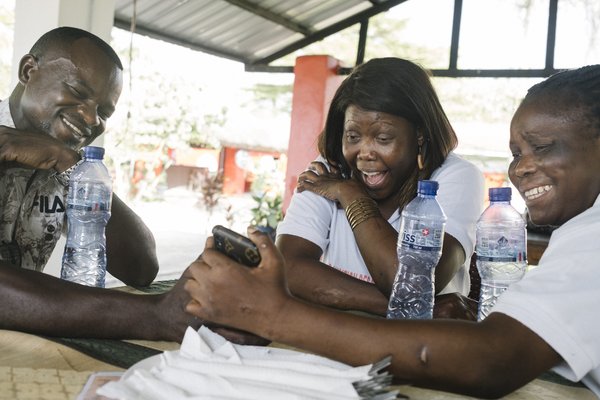
Leprosy Peoples’ Organisations must find themselves at the heart of efforts to defeat leprosy in the years to come.
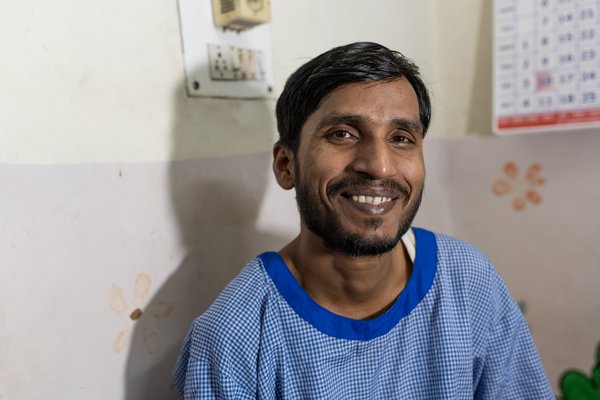
How does a broader medical focus help us to achieve our goal of zero leprosy? Dr Rajeev Nathan, Medical Superintendent of TLM Community Hospital, New Delhi, explains more.
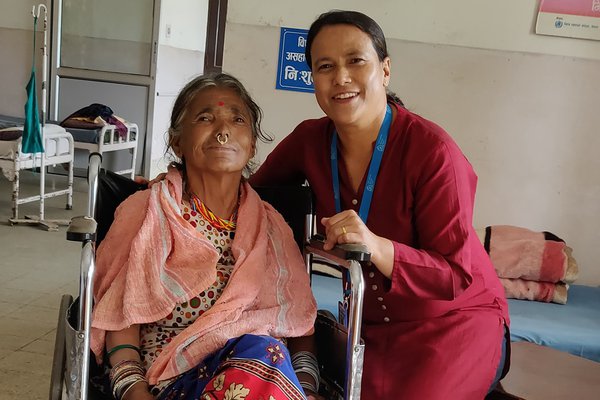
Ruth and Bishnu from TLM Nepal share some of the lessons they’ve learnt from the frontline of mental health care for persons affected by leprosy.
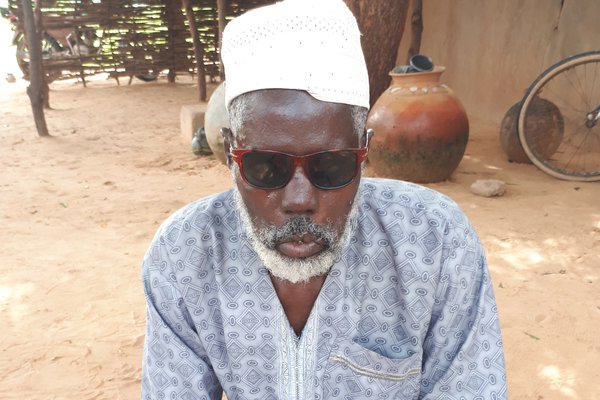
Sadly, leprosy remains the world’s leading cause of preventable disabilities. Among these disabilities is damage to the eyes. Here’s your guide to leprosy and the eyes.
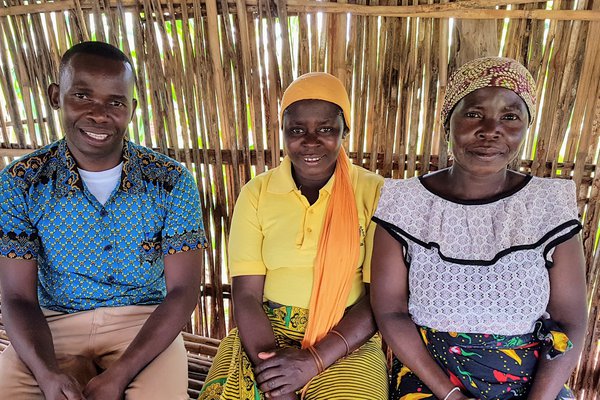
Our work will not be finished in 2035. There will still be millions of people living with the consequences of leprosy and we must continue to care for them.
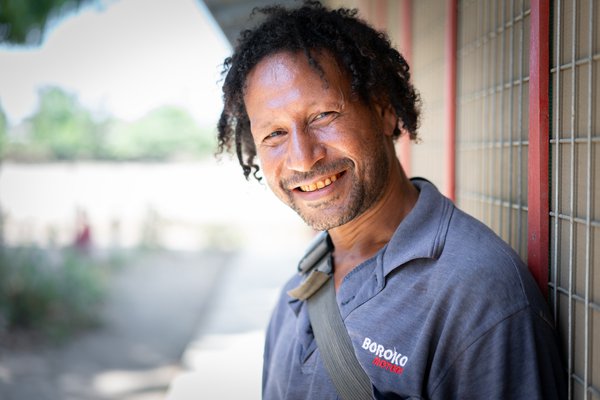
Leprosy is a socially stigmatised disease – it affects not just the physical, but the mental and social, as well. If we only treat leprosy physically, we are not treating it completely.